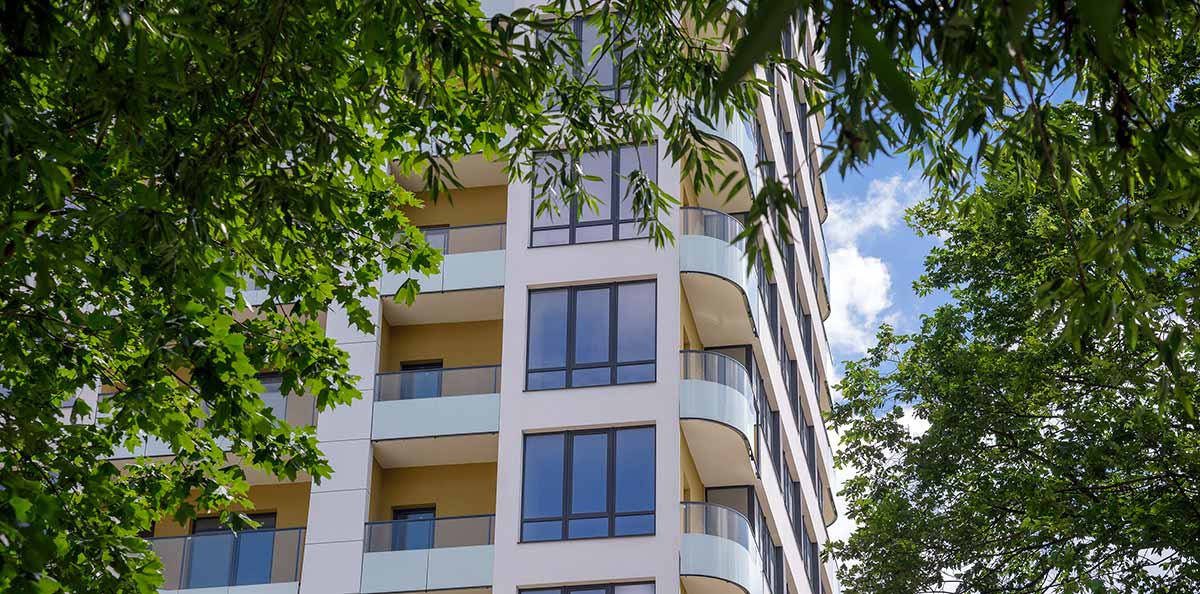Are cap rates too compressed? Should we invest in multifamily real estate investments now, or should we wait?
If we had a crystal ball, we could tell you exactly what you should do and when you should do it. The problem is, we don’t have a crystal ball. So, we can’t tell you exactly what to do and when to do it. However, what we can do is provide some insight into the factors that impact cap rates and multifamily real estate investing in general and share a little about how we are dealing with this issue so you can hopefully make more informed decisions.
Before we start, let’s take a quick look at what a cap rate is and relate it to investing in multifamily investments. Simply put, cap rate is the cash return you would earn on your multifamily investment if you paid cash to acquire it. For example, if you bought a property and paid $100,000 (all cash) and it generated $5,000 in net cash income for the year, the cap rate on that investment would be 5%.
For comparison, those of you who invest in the stock market, cap rates are similar to PE ratios (price to earning ratios).
Multifamily Real Estate Investing That Impact Cap Rates
There are several multifamily real estate investing factors that impact cap rates for a particular multifamily property. They include:
- Location of the property
- Perceived risk of investing in the property
- Interest rates
- Demand for this asset type
There are probably lots of other variables, but what is important is that all these variables combine to determine the cap rate of a property. Let me explain further.
When you invest in multifamily real estate, there are generally two sources of capital – the lender and the equity investor(s) or owner(s). The two make up what is generally known as the “capital stack”. Each of those two sources of capital must assess the level of risk they are taking on by investing in the property and they use that risk assessment to determine what return they are willing to accept in exchange for investing their money in the deal. That risk assessment, and the subsequent decision about what return they will require in order to invest, is how a cap rate is determined.
To dive even further into the details of cap rates, take a look at an article we previously wrote here:
Now for the real reason we wrote this article.
Dealing With Compressed Cap Rate in Multifamily Investments
The concern everyone has buying in the current low cap rate environment is that cap rates will move against you. That is, you buy at a low cap rate and then if cap rates increase significantly, and the multifamily investments are producing the same amount of cash flow, the property will actually be worth less than what you paid for it. This increase in cap rates could be caused by higher interest rates or by reduced interest in investing in real estate or that particular asset.
How do you protect against this? Well, you can approach this problem from a few different perspectives.
- First, you can minimize the chances that cap rates will move against you and your investment.
- Second, you can make sure the deals you do are profitable enough that you can absorb a potential rise in cap rates.
- And finally, you can be prepared to “wait it out.”
How do you minimize the chances that cap rates will move against you and your investment?
One way to do this is to choose high quality markets and assets. This reduces that chance that the market or asset you invest in will become undesirable. Note this doesn’t eliminate the risk, just helps to minimize it.
What do we mean when we say to make sure the deals you do are profitable enough that you can absorb a potential rise in cap rates?
This is fairly easy to do – just stay disciplined and only do deals with significant upside. Do your homework and don’t do the deals that provide only marginal upside. If you do invest in a marginal deal, you may be forced to follow the last strategy…
What do we mean by “wait it out”?
Finally, you can simply plan a longer hold period for your investment and be prepared to wait out any increase in cap rates. This requires an honest discussion with the investors in your deals and make sure they can, if necessary, hold the investment for a longer time period to allow the property’s cash flow to catch up and increase enough to offset the reduction in value caused by a potential cap rate increase.
It is impossible to completely eliminate the risk that cap rate compression creates. However, you can reduce the risk that if it does happen, you are well positioned to deal with it and not lose money!
Want to know more about how to create massive wealth in real estate?


